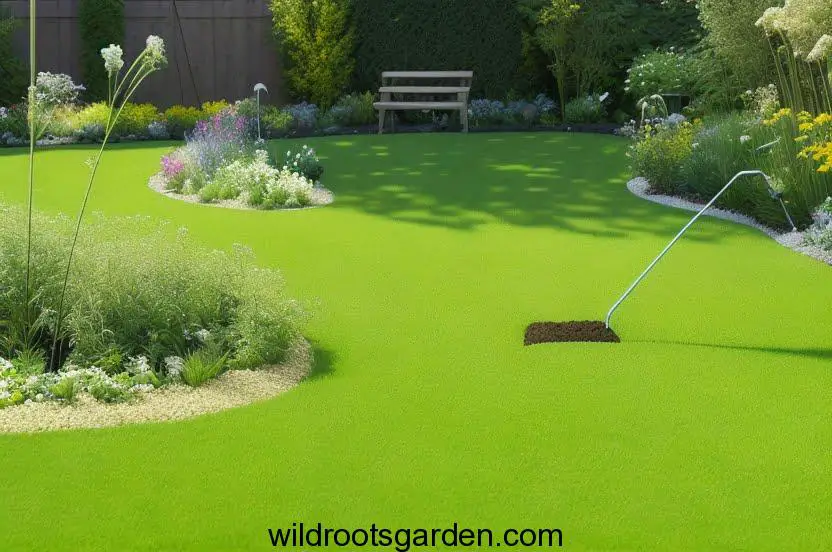Can I Till Grass into My Garden? To enhance the quality of their garden soil, gardening enthusiasts frequently experiment with various techniques. Is it possible to till the grass in the garden? is one topic that comes up regularly. We will explore this subject in depth and go through the advantages, the procedure, and potential alternatives. In the end, you’ll be able to decide for yourself whether tilling grass into your garden is a good idea.
A healthy garden begins with fertile soil, and adding organic matter to the soil can improve its quality. Many gardeners have access to grass clippings, which can be a valuable source of organic matter. Better soil structure, higher nutrient levels, and improved weed and insect control are just a few benefits of tilling grass into your garden.
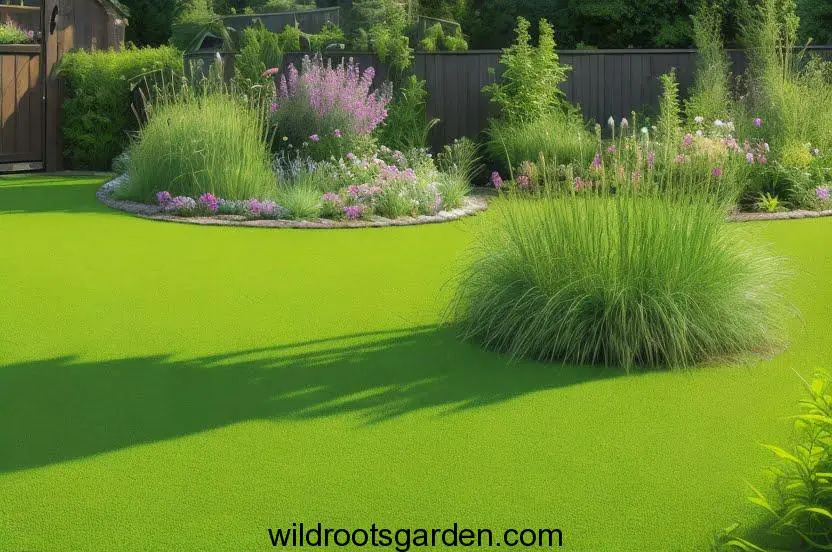
JUMP TO TOPIC
Can I Till Grass into My Garden: Benefits of Tilling Grass
Enhancing soil structure and Aeration
Gardeners can improve the structure of compacted soil and encourage greater root growth by tilling grass into the garden. The organic matter from the decaying grass functions as a natural conditioner, loosening the soil and enhancing its capacity to hold moisture. Also, by improving soil aeration, roots can more quickly obtain the oxygen they need to grow.
Adding organic matter and nutrients
An essential component for plant growth, nitrogen is abundant in grass clippings. By incorporating this important nutrient through tilling, you can improve soil fertility sustainably and affordably. Also, when the grass decays, it progressively releases additional vital nutrients that support a healthy soil ecology.
Controlling weeds and pests
In the garden, tilling grass might aid in reducing weed development. The grass covering functions as a natural mulch, keeping weed seeds from developing by obstructing sunlight from penetrating them. Also, when the grass decays, chemicals are released that can keep some pests away, minimizing the need for chemical controls.
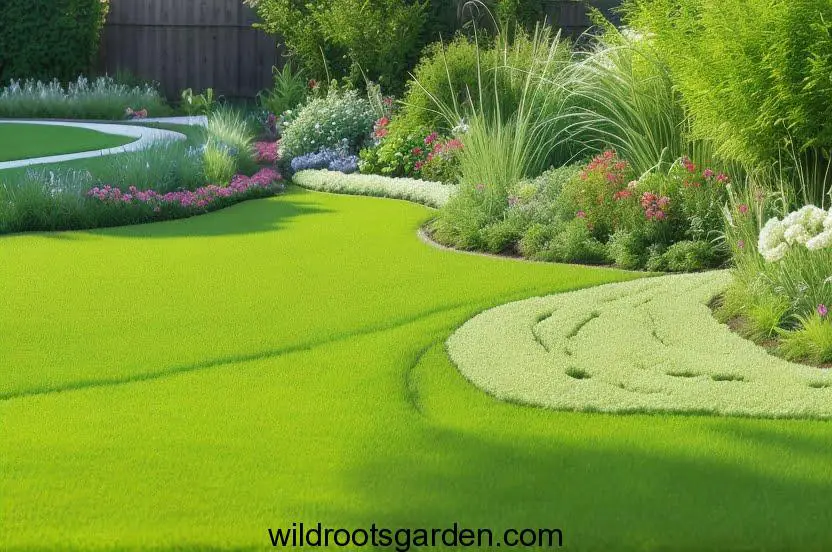
Preparing the Garden for Tilling Grass
Before you start tilling grass into your garden, proper preparation is essential to ensure optimal results.
Clearing the area
Remove any debris, rocks, or large clumps of grass from the garden area. Clearing the space provides a clean slate for tilling and prevents potential interference with the tiller.
Mowing and removing excess grass
Cut the grass in the area as short as you can, to a manageable height. Save the extra grass clippings aside for later use and rake or collect them.
Soil testing and amendment
To find out the pH and nutritional makeup of the soil, test it. You can treat the soil with the right fertilizers or organic matter to make up for any deficiencies based on the results. This process makes sure that the tilled grass will improve the fertility and general health of the soil.
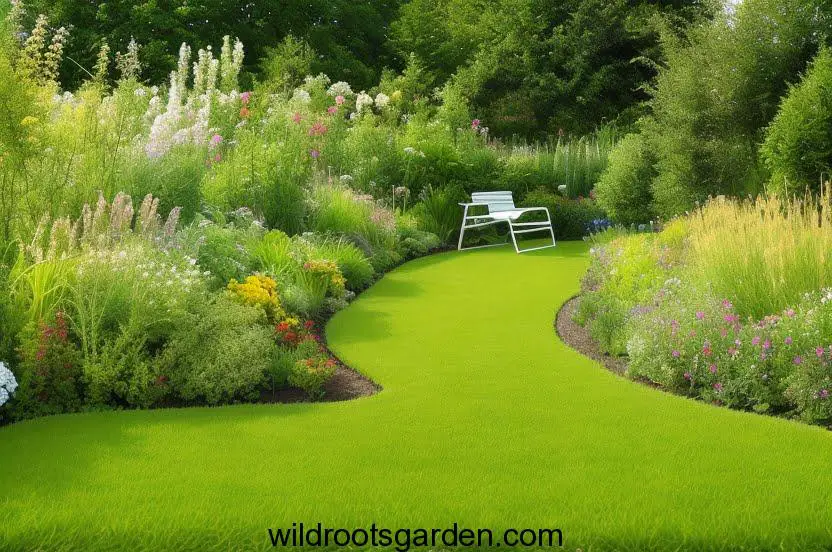
Tilling Grass into the Garden
You may attain the best results when tilling grass into your garden by taking certain precautions and using certain methods.
Choosing the right tiller
Choose a tiller that is appropriate for your garden’s size. Small to medium-sized gardens may only require a handheld or electric tiller. A gas-powered or tiller placed on a tractor may be needed for larger gardens. Choose a tiller with adjustable tines so you can precisely manage the depth of the tilling.
Tilling depth and technique
Based on the state of your soil and the height of the grass cover, determine the depth of tilling. A depth of 4 to 6 inches is usually sufficient. Make parallel laps over the garden to start tilling, progressively encircling the entire space. Over-tilling should be avoided because it might disturb the soil’s structure and cause compaction.
Timing and Considerations
Fall or spring are the ideal seasons to plow grass into your garden. Avoid tilling when the soil is very wet or dry since these conditions might hinder tilling and lower the quality of the soil overall. Moreover, consider any geographical or climate-specific elements that can affect how successfully you plow grass into your garden.
Caring for the Tilled Grass Garden
Once you’ve tilled the grass into your garden, it’s important to provide proper care to ensure the best possible results.
Watering and mulching
After tilling, thoroughly water the area to settle the soil and encourage soil microbial activity. Adding a layer of organic mulch, such as straw or wood chips, can aid with weed control, temperature control, and moisture retention.
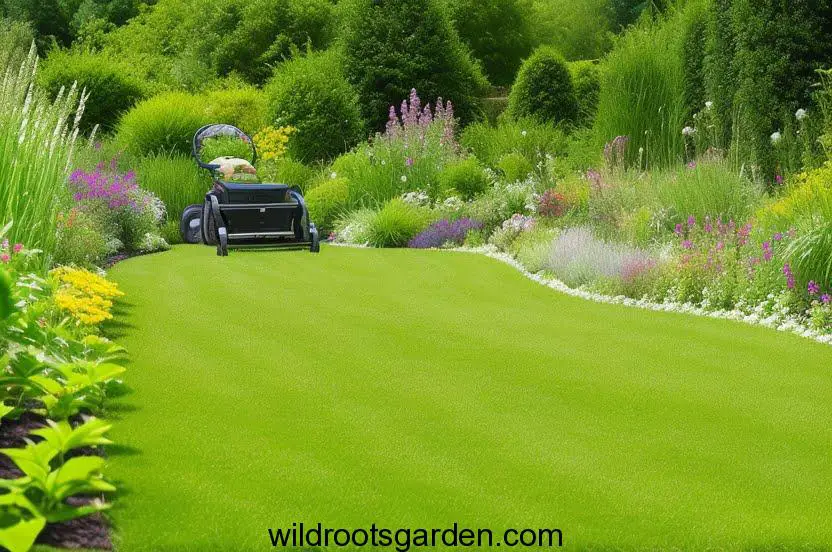
Monitoring nutrient levels
Check the nutrient levels in your soil frequently to maintain a balanced environment for plant development. Do routine soil tests, and then modify the fertilizer application as necessary. By following this procedure, you can maintain your garden’s ideal fertility and support the growth of healthy plants.
Managing Weed Growth
Even though tilling slows weed development, some weeds may still come up. Regularly check your garden for weeds and get rid of them. To stay away from chemical dependency and preserve a natural and healthy garden environment, think about employing organic weed control techniques.
Alternatives to Tilling Grass into the Garden
If tilling grass into your garden doesn’t fit your gardening objectives or unique situation, other options can still improve the fertility and structure of your soil. Composting grass clippings separately, building raised beds, or adding organic soil conditioners like compost or well-rotted manure are a few choices. Investigate these options to see which one best meets your requirements.
FAQs
Will tilling grass into my garden attract pests?
Can I still have fresh grass clippings in my garden?
How long does it take for tilled grass to decompose?
Can I till grass into a vegetable garden?
Should I till grass clippings from treated lawns into my garden?
Final Thoughts
To improve soil quality, increase fertility, and manage weeds and pests, you can till grass into your garden. You may develop a successful garden ecosystem by adhering to the correct planning, tilling, and maintenance procedures. Before choosing this strategy, it’s crucial to think about the conditions and objectives of your particular garden. To get the finest outcomes from your gardening, continually adjust your techniques and look into other approaches.

